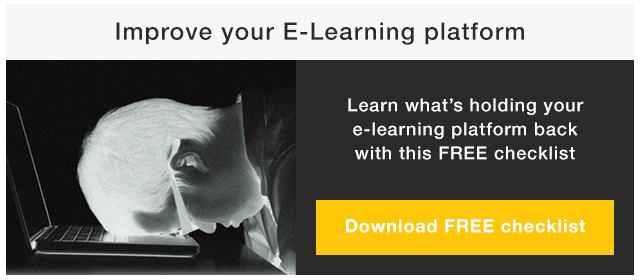The learning function has two purposes: to deliver business impact by training employees, and to prove that the training has impact.
PROBLEMS CLOS HAVE
Unfortunately, despite its best efforts and intentions, many Learning & Development departments find themselves unable to fulfill their purpose because they don’t have access to the tools and reporting they need (and smile sheets can only tell them so much about a course’s impact).
Maybe this is familiar to you: a well-intentioned CEO asks Learning and Development for solutions to common problems that can be resolved through training. However, that same CEO is the first to complain about the amount of time employees spend out of the office on training. It’s not uncommon. CEOs are data-loving people, and training has for a long time been unable to show proof that training gives the company more than the cost of the training investment. Thus, most CEOs view corporate learning as a cost to be endured in cash-positive times, rather than an investment to carry you through the cash-poor times.
Many learning and development departments have found themselves in similar scenarios because they have a hard time showing how training impact translates to business impact.
Can You Prove Your Training Impact?
L&D must contend with two problems:
- Solving the problems of corporate learning by providing effective training to employees.
- Proving that training impacts the business.
How Does Adaptive Learning Solve the Problems of Corporate Learning?
Adaptive Learning uses personalization to create corporate learning that feels like one-on-one tutoring. It uses the biological model of learning and formative assessment to understand the behavior, needs, and confidence level of every learner, no matter how many learners are using the system.
- The biological model of learning is an organic, multi-dimensional approach to learning. Instead of viewing learning as linear, the biological model views learning as a web. Depending on the learner’s knowledge base and confidence (assessed through formative assessment) the biological model is able to determine where the learner should be placed in the web. The biological model then moves the learner in the most optimal path to mastery rather than in the linear direction that the traditional inference model takes.
- Formative assessment uses assessment procedures conducted through the learning process, like asking questions, to move the learner through the content and improve their learning achievement. In other words, the adaptive engine asks the learner a question. The learner answers, and is asked to self-assess their confidence in their answer. The adaptive engine uses their responses and other cues to decide in which direction and at what pace to move - and whether to teach or to ask another question. The adaptive engine monitors the learner’s progress and provides the developer or instructional designer with feedback about the learning process.
The result is learners that feel engaged in their learning (eradicating the learning fatigue that plagues corporate learning), who learn faster because of the personalization provided, and are more able to apply what they’ve learned back into the business.
How Does Adaptive Learning Prove Training Impact?
Adaptive Learning software is able to get to know each learner so well because of the use of formative assessment. As learners interact with questions - also known as probes - presented by the adaptive engine, their responses help the software understand them better. Learners’ answers, as well as their confidence in their answers, are collected to show the training function how learners perform.
When CLOs use Adaptive Learning to train employees they have data that proves their training has impact on the business. Hitachi Vantara used the data collected via Adaptive Learning to demonstrate reduced training time by up to 50%, meaning employees spent less time training and more time on the job using the skills learned to do their job better.
Are You Ready to Show What L&D Is Worth?
With Adaptive Learning this has never been easier. Discover if your e-learning platform might be failing you, and how Adaptive Learning can help, when you download this checklist.









